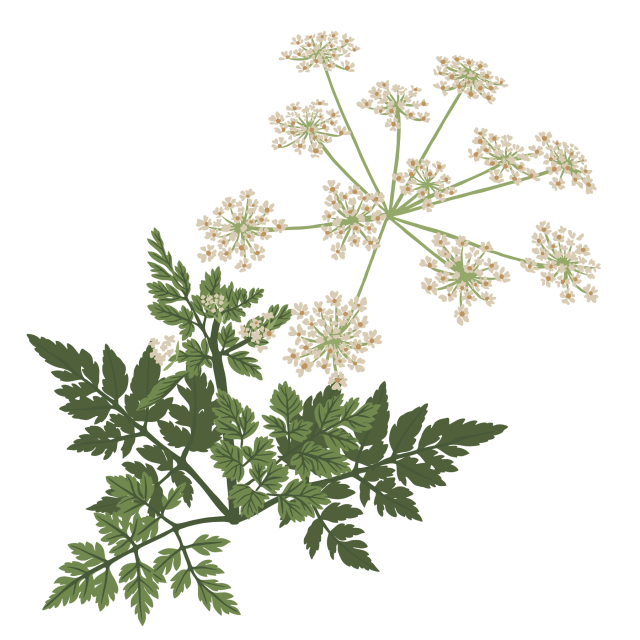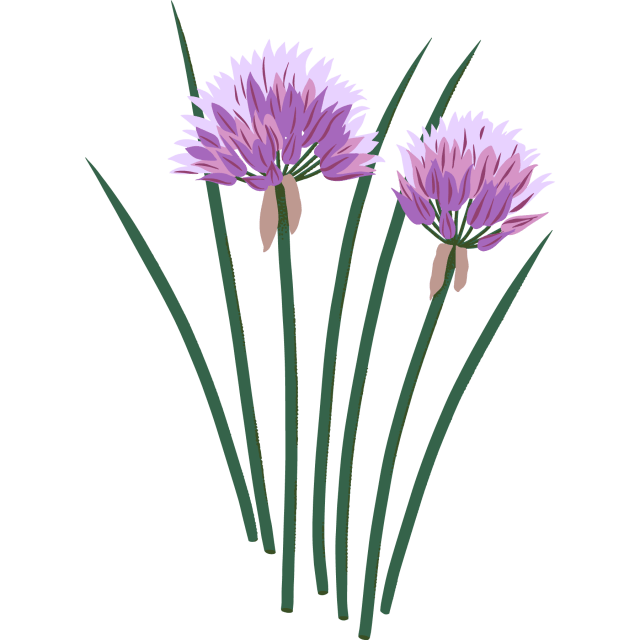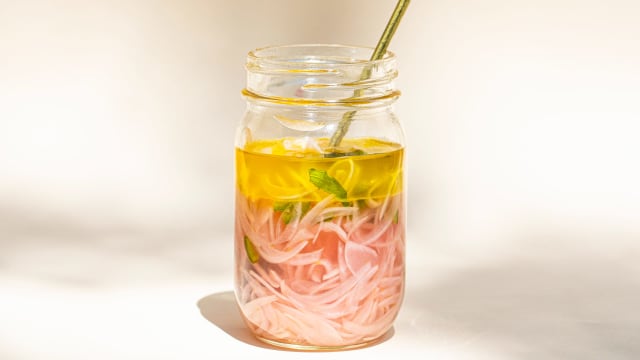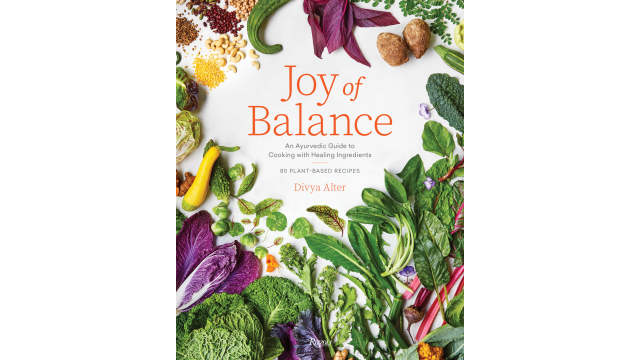Dill
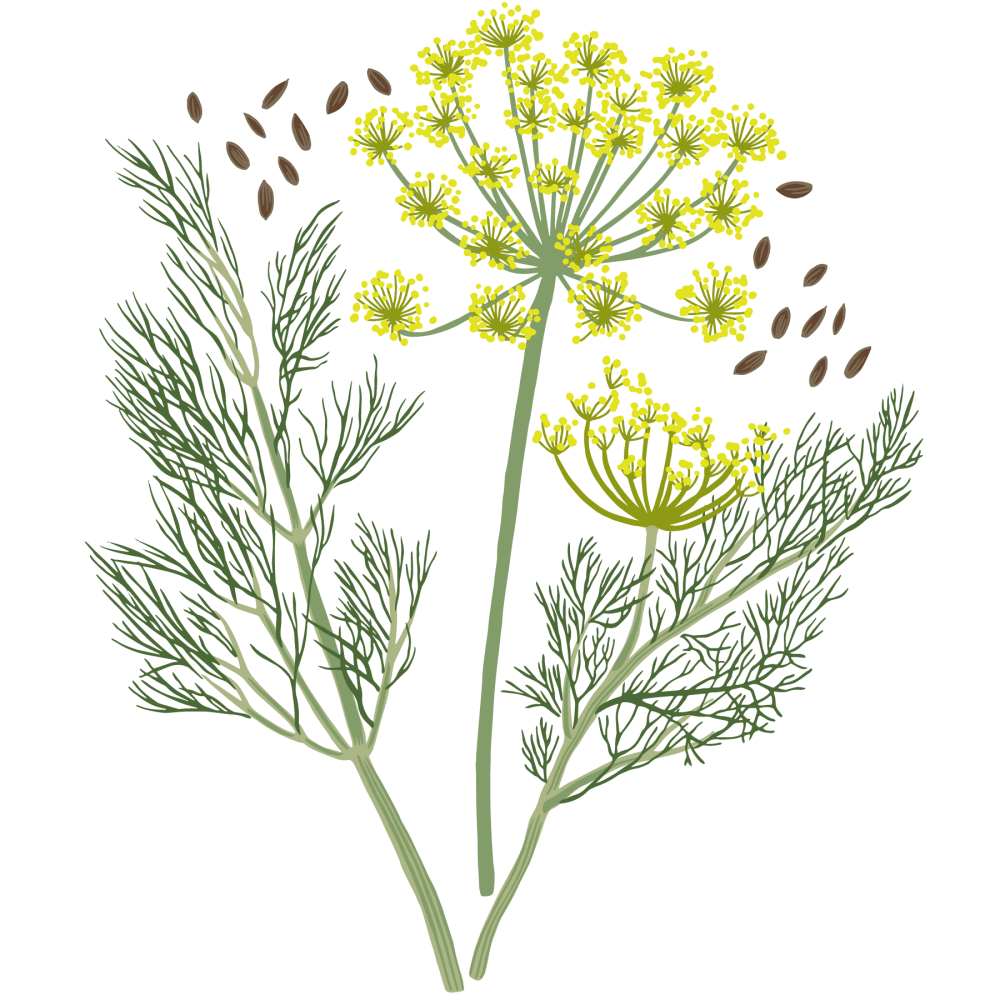
Latin name: Anethum graveolens
Uses: herb, spice, vegetable
What is dill?
Dill is an annual herb with a characteristic bluish-green color and long, feathery leaves like fennel. It may not get as much love as its cousin parsley, but dill can go places and do things parsley only dreams of. Pickles? Obviously. A bowl of borscht? 1000%. But how about this: its own cheese (dill Havarti), ancient Greek wine (anithites oinos), or, we dunno, outer space? That’s right, Russian cosmonauts have grown dill in space.
Why is dill healthy?
Dill has been used for centuries for both culinary and medicinal purposes. It’s a good source of minerals, and dill’s flavonoids provide anti-inflammatory and anti-viral support. It is known to help reduce depression, ease menstrual cramps, lower cholesterol, improve digestion, and can even be used as an insect repellant.
What does dill taste like?
Dill has a unique flavor thanks to not just the organic compounds apiole and umbelliferone (found in many other herbs and vegetables in the carrot family, and which lend themselves to those plants’ grassy, herbal, carroty aromas), but also its own compound dillapiole which imparts a slight licorice undertone. The blossoms have the same aromas and flavors, but more floral and sweeter; the seeds have a spicy sweetness with hints of celery.
How do I use dill?
Dill is a cosmopolitan herb enjoyed in cuisines across Europe, the Middle East, Central Asia, and East Asia. The flowering heads brighten up even the dankest pickle, but the herb also loves dairy. Chop it up and mix it with sour cream, fresh/farmer cheese, or yogurt for smearing on flatbreads and grilled vegetables, spooning onto roasted beets, and dolloping onto bowls of borscht (as lovely in the summer as in the winter).
What does dill pair well with?
Sprinkle chopped dill fronds on falafel and pirogis, add it to egg salad or rice pilaf (great for stuffing cabbage rolls), toss buttery baby potatoes with handfuls of the stuff, and puree it with walnuts and blue fenugreek to roll up with marinated eggplant, like they do in Georgia. Mix dill and other herbs into beaten eggs for Persian kuku sabzi. Add it to green kheema masala or any other Indian recipes with mint and coriander. Fronds are traditionally used throughout Scandinavia in curing salmon, but you can also use it for a carrot or beet gravlax.
Where does dill grow?
Dill originated around the Mediterranean and southern Russia, and still grows all over Eurasia, preferring temperate climates and rich, well-drained soils. It needs warm, sunny summers to thrive and bloom, but will quickly bolt if the weather is hot too early. If you want to grow it in your own garden, sow seed directly into turned beds when danger of frost has passed.
How to buy dill:
Look for bright color with no yellowing or wilting.
Fun dill fact:
The word dill comes from the Old Norse word “dilla,” meaning “to lull,” since the herb was used to soothe colicky babies.
